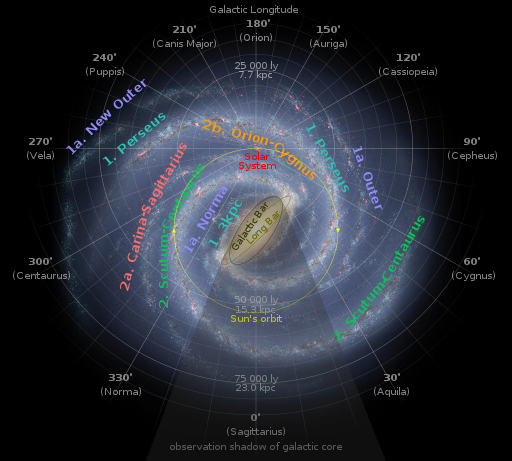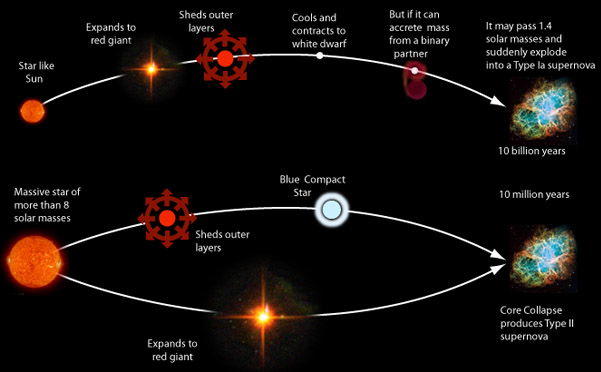For such a small chapter, this week’s topic on Cosmology has some large and deep concepts. I’m attempting to delve into “How did the period of inflation cause the universe to become homogeneous and isotropic?”
Definitions
Big Bang ~ Universe began as an extraordinarily hot, dense primordial atom of energy and caused expansion, just like an explosion. Before that moment, nothing existed, not even space and time. Rather, the explosion created spacetime, which continues to expand. (Comins, 446)
Inflationary Epoch ~ During this epoch, the universe became so large that today we can only see a tiny portion of it and that is limited by the speed of light. The growth and size of the observable universe occurred in a very brief time. (Comins, 451)
Cosmic microwave background (CMB) ~ If the universe began with a hot Big Bang, then calculations indicated the energy remnants should still fill all of space today. The entire universe’s temperature should be only a few kelvins above absolute zero. This radiation’s blackbody spectrum peak should lie in the microwave section of the radio spectrum. (Comins, 446)
Isotropy of CMB ~ The cosmic microwave background radiation is almost perfectly isotropic – the intensity is nearly the same in every observable direction. Isotropy isn’t just limited to observed blackbody radiation, but is also found on a large scale when exploring the number of galaxies found in different directions. (Comins, 448)
Homogeneity ~ The uniformity with distance (the numbers of galaxies stays roughly constant with respect to both distance and direction) of the universe is homogeneous. (Comins, 449)
Fine-Tuning Big Bang
Any viable theory of cosmology, including the Big Bang, must explain the isotropy and homogeneity of the universe. Numerous refinements have been posited and as a result the theory now provides an accurate scenario for the evolution of universe from a tiny fraction of a second after it formed and onward to today. (Comins, 449) Continue reading “Universal Song Remains the Same and Beyond All the Light We Cannot See”





